Outsourcing to Czechia

How much does it cost to hire developers in Czechia?
Dec 2nd 25 - by Devico Team
Find out how much it costs to hire software developers in Czechia in 2025. Compare hourly rates, roles, and factors that impact pricing.
Hire
Hire by role
Hire Front-end developers
Hire Back-end developers
Hire Full-stack developers
Hire Android developers
Hire iOS developers
Hire Mobile developers
Hire AI engineers
Hire ML engineers
Hire Automation QA engineers
Hire Blockchain developers
Hire Data engineers
Hire Cloud engineers
Hire by skill
Hire JavaScript developers
Hire TypeScript developers
Hire Ruby on Rails developers
Hire React Native developers
Hire Flutter developers
Hire Golang developers
Hire React.js developers
Hire Python developers
Hire PHP developers
Hire .NET developers
Hire Java developers
Hire Laravel developers

Legacy modernization
May 02, 2024 - by Devico Team
Summarize with:
The very concept of business implies constant change and adaptation. And legacy applications can become significant roadblocks in this ever-evolving story. Maybe such software was initially functional, but it often lacks the agility and scalability required for process modernization.
Outdated technology stacks, rigid architectures, and unmanageable processes — if you have any of these signs, the time is ripe — modernize and optimize your business operations now since it’s paramount in driving digital initiatives forward.
But there is no pressure. Everyone understands how difficult it is to embrace novelty. Just be aware of the consequences. Like Sears, a retail giant that once dominated the American marketplace. Their reliance on outdated IT infrastructure, including legacy inventory management systems, hampered their ability to compete with more agile online retailers like Amazon. Of course that was not the only reason for their failure, but a very significant one, to be sure.
Let’s imagine they have embraced a proactive approach and implemented a well-defined application transformation strategy. This way, Sears could unlock a wealth of benefits, paving the way for growth and successfully competing in the new digital age. But well…
Anyway, at the heart of such a changeover lies the application transformation strategy. It's a holistic approach that involves assessing existing legacy applications, identifying areas for improvement, and formulating a plan to modernize them. There are various tactics: cloud migration, application refactoring, or even complete system replacement.
And we’re going to run through the main ones, forming a comprehensive guide and an IT modernization roadmap.
Let’s start with ABCs and list four types of legacy software:
End-of-life (EOL) systems: This type refers to apps that no longer receive updates or support from their creators. Chances are they were replaced with new products or versions. The most dangerous risk here is security issues.
Low-scalability systems: Any business encounters the moment when it has an opportunity to scale. Metaphorically speaking, in some sense, business needs a leg to stand on. And modern software can be such a “leg” that turns into a leg-up since this software can handle a bigger amount of data. Low-scalability applications cannot.
Heavily-patched software: Imagine patched pants. When there is a single patch, it’s okay. When there are two, well, we understand. But when there are more patches than the material itself… The same with legacy applications that have been patched extensively to stay current. They’re just not a coherent system anymore.
Hard-to-maintain systems: These applications require unique and often outdated maintenance knowledge. This basically means that you’ll need to hire a high-paid tech pro (high-paid since they have unique knowledge) to maintain such a system.
The first crucial step in any application modernization roadmap is assessing legacy applications on their architecture, technology stack, business impact, and areas for improvement.
When it comes to assessing legacy applications, you may find complex and outdated architecture with incremental changes and patchwork solutions throughout the years. So, what to do?
Unveiling the foundation: Start by thoroughly mapping your application's architecture. It may rely on monolithic ones, where components are tightly coupled and difficult to modify or scale. Contrastingly, modern applications leverage a microservices-based architecture, which is much more flexible, scalable, and agile. Don’t forget to identify all languages, frameworks, databases, and OS used.
Beyond the ABCs: You have to be aware of your application's integration capabilities. Simple question, “Can it seamlessly exchange data with other systems within your IT ecosystem?” Ask around till you know the exact answer.
Future-proofing for Web3: Checking out the current architecture is a must. But this way, you only know where you are now. If you want to know where you can get, explore the potential implications of modern technologies. Blockchain, AI, and distributed ledger, for example. This advice is taken out of context, but the point is to embrace trends. These moves can enrich your app modernization strategy and ensure your application is adaptable to nowadays tools.
Legacy systems impact your company on several levels. The most obvious are technical constraints, but they are not limited to. Financial, operational, and reputational risks are at the same bunch.
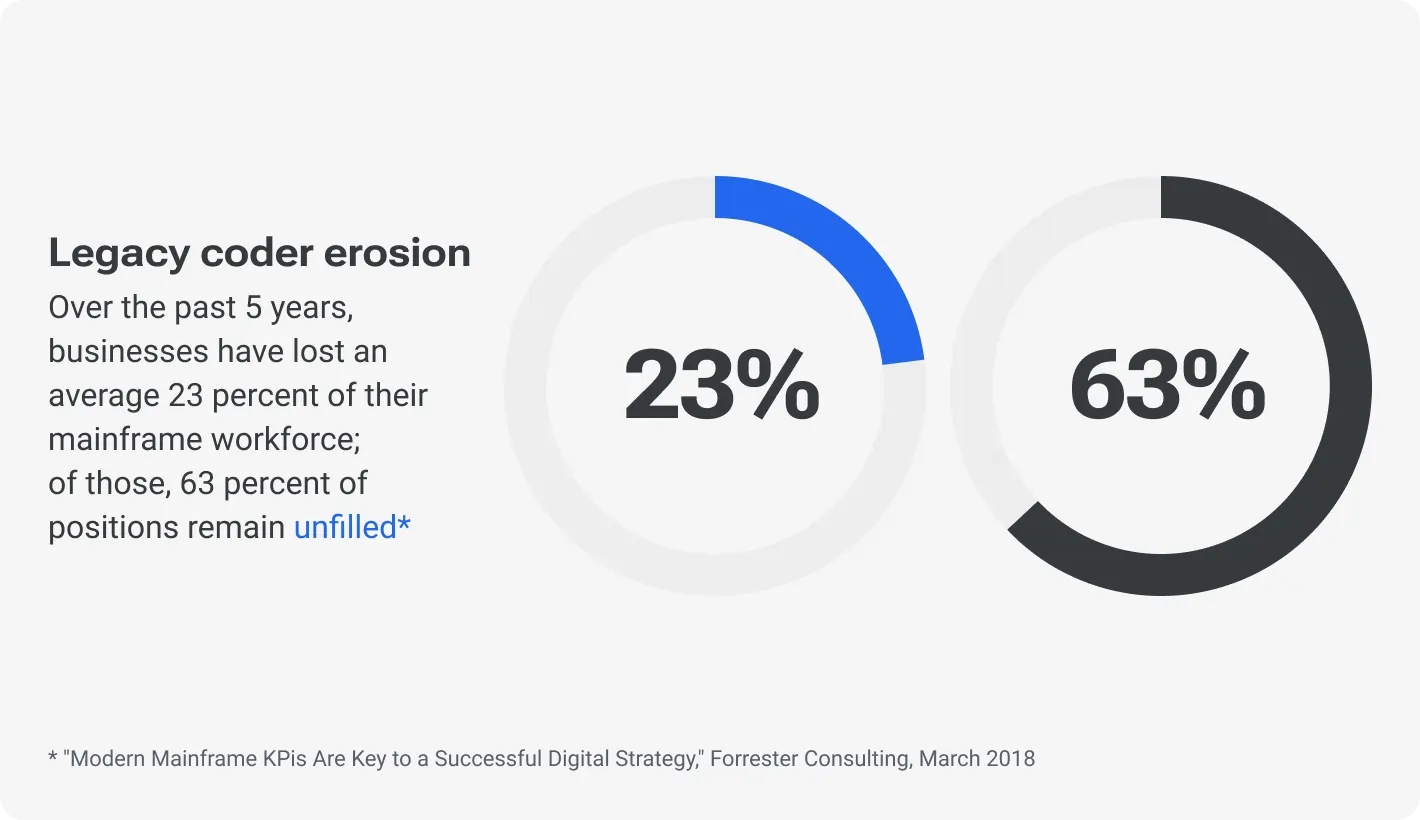
Quantifying the cost: Legacy applications often incur significant hidden costs beyond licensing fees. IBM calculated the global average cost of a data breach in 2023, and it was a staggering USD 4.45M. Legacy systems, with their outdated security protocols, are more susceptible to cyberattacks. If you don’t like negative persuasion, you may be bedazzled with the savings: IBM also stated that companies leveraging security AI and automation save USD 1.75M on average.
Measuring lost opportunities: Out-of-date software impedes your ability to adapt to changing market demands. McKinsey surveyed top tech executives in the US and found out that companies embracing digital transformation achieve much bigger revenue growth compared to their less agile counterparts. And one of the moves toward innovations is partnering, according to Bob McDonald, P&G’s CEO.
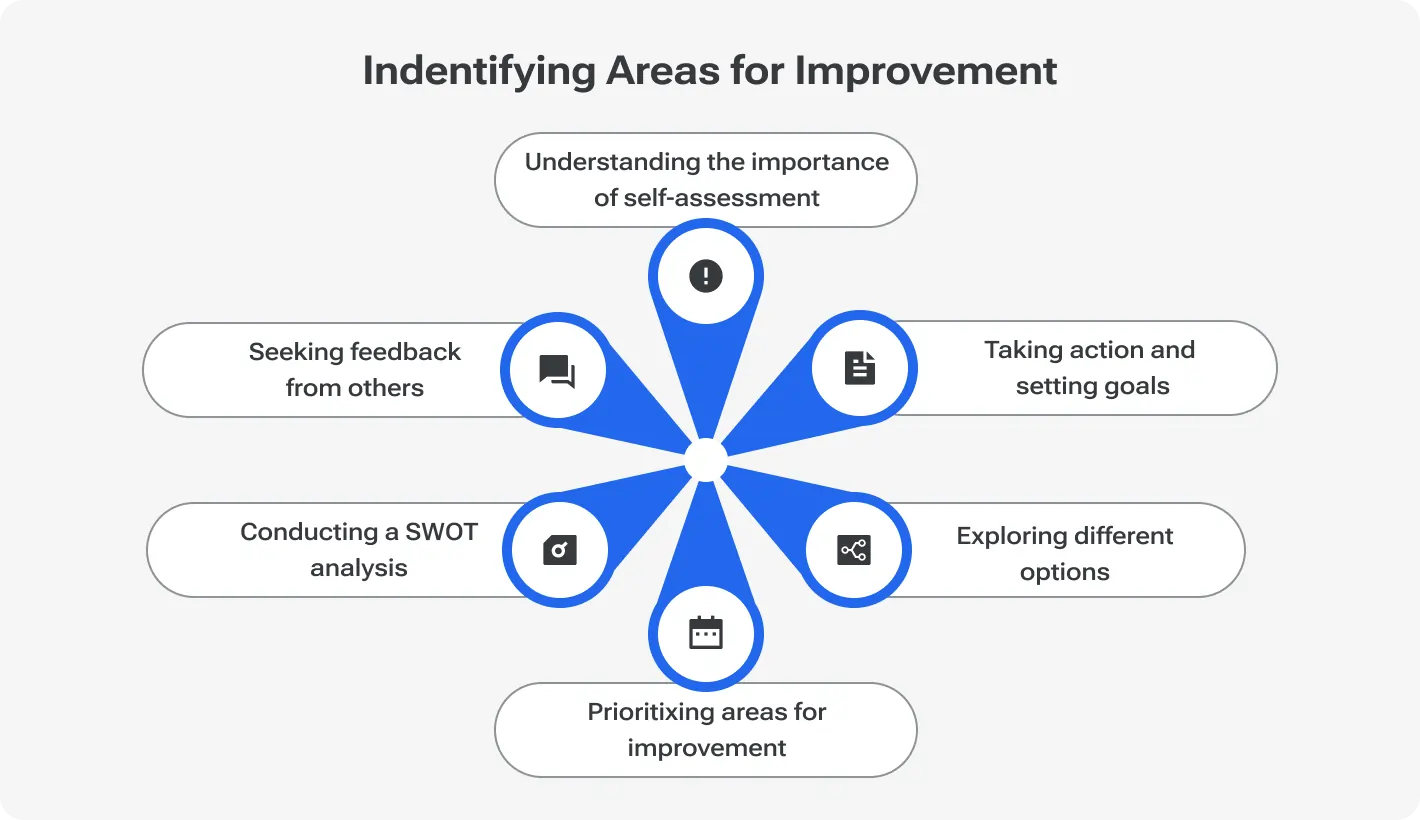
Continuous improvement is a new normal. To identify your room for modernization, you must conduct a thorough assessment of legacy applications. Tech leaders throughout the US emphasize the importance of prioritizing modernization efforts based on business value, aligning technology investments with strategic objectives on both levels, business-wide and country-wide.
Yep, the US economy needs a refresh with new innovators to stay ahead of the curve.
Top Tip from Satya Nadella, CEO of Microsoft: "In a digital world, the only constant is change. The ability to learn and adapt is the new muscle for every organization." Modernization can empower your systems to evolve and keep pace with changing business needs.
Focus on user experience: Outdated apps can be clunky and user-unfriendly, and this directly impacts user satisfaction. Modernization efforts should prioritize creating a seamless and intuitive user experience.
Security, security, and security (again!): As mentioned earlier, legacy applications are often vulnerable to cyberattacks. Modernization initiatives should address these vulnerabilities and implement robust security measures to protect sensitive data.
You cannot divide a good app modernization strategy into the right things and not the right things. You must have a range of strategies; therefore, we pose it like what is working and what is not. Let's run through five key strategies and their practical implications so that you can choose the most suitable.
Imagine this: Your legacy software is built on a programming language that's no longer actively supported (COBOL, for instance). Speaking from experience, it’s pretty difficult to find devs with appropriate expertise in obsolete languages, and also may cost more. Replatforming states for migrating such applications to newer platforms or frameworks while retaining their core functionality and features. An organization may migrate an on-premises application to a cloud-based platform such as AWS or Azure to leverage scalability, reliability, and cost-effectiveness.
Example: We have an average retail company. It migrates the legacy e-commerce platform from an on-premises data center to Google Cloud Platform (GCP) to enhance scalability and performance. This move allows them to auto-scale resources based on demand. This is not to mention improved uptime and reduced infrastructure costs. Let’s elaborate: The same company’s platform is built on an outdated version of PHP. They can replatform to a modern framework like Laravel or Symfony, accessing a larger pool of developers, ongoing security updates, and improved performance.
Imagine this: You clean the house without the intention to get rid of anything. You move over the furniture, clean dust away from your wife’s pictures, and get your instruments together. Same way, refactoring focuses on improving the internal structure of your existing codebase without throwing away the “furniture” — its functionality. Usually, this means eliminating code duplication (and so-called spaghetti code), improving readability, and creating missed documentation.
Example: A financial services firm refactors its legacy monolithic application into a microservices architecture. By breaking down the application into smaller, decoupled services, the company can deploy changes independently, scale components horizontally, and adapt to changing market conditions more effectively.
Imagine this: When traveling, you have to bring documents with you. This is inconvenient: you can get them wet, torn, or simply lose them. The other thing is the digital documents on your smartphone, innit? They are always at your fingertips. The same story with rehosting (so-called lift and shift). When an app is running on aging on-premise servers, you can rehost it, which basically means moving the application "as-is" to a cloud platform like Amazon Web Services (AWS) or Microsoft Azure. This way offloads infrastructure management tasks to cloud providers, reduces capital expenditures, and accelerates time-to-market for new features and services.
Example: There is an average healthcare provider. Once upon a time, they got a penalty for incompliance. So, they decided to get things done with it coming along with accessibility and scalability issues. The first and main move was migrating their electronic health records (EHR) system to Amazon Web Services (AWS). AWS has a HIPAA-compliant infrastructure and managed services, so the provider securely stores and accesses patient data at any time, ensuring high availability for critical healthcare applications.
Imagine this: Your old-but-gold Datsun 510 needs an overhaul. You can replace some details, but this will take even more money than buying a new one. Turning back to our case, the legacy application is similar to the mentioned Datsun. When it’s deeply entrenched and heavily customized, rebuilding from scratch according to your application roadmap might be the most efficient approach. Simply put, you just develop a new app using modern technologies that better align with current business requirements.
Example: A bank has a legacy core banking system that's difficult to integrate with new technologies. An ideal solution is to rebuild the system with modern APIs and microservices architecture. This way, the financial institution enables easier integration with third-party applications and financial services. This, in turn, leads to a more agile and innovative banking platform and, hence, increased customer satisfaction.
Imagine this: You can mull over how to battle with your Datsun 510 in the upcoming F-1 race, but it’s much easier to replace your oldster with a bolide on a subscription (JIC you want to take one-time action). Similar story with legacy applications. In some cases, they just no longer align with your business objectives. You want to compete in the F-1 business race, and they provide only wheelchair racing. As a potential part of the IT modernization roadmap, the replace or retire strategy involves identifying and decommissioning obsolete applications, either by replacing them with modern alternatives or retiring them altogether.
Example: We have a manufacturing company. And they have a legacy inventory management system, which no longer meets the company's needs for real-time visibility and traceability (not to mention the automation efforts). So, they retire an obsolete system and adopt a cloud-based inventory management solution that offers advanced features, scalability, and integration capabilities.
When it comes to modernizing legacy applications, the rule of thumb is careful planning. Collected key considerations that CTOs, CEOs, and other C-suite representatives must take into account when embarking on a modernization journey.
Obvious, but still crucial. Any modernization effort should align closely with the organization's strategic objectives and business goals. How to ensure this point? Identify the specific pain points and inefficiencies in existing systems that hinder business growth. Do a series of strategic meetings, including company-wide ones to get to the same page with key stakeholders.
For example, you have a SaaS company, and your current goal is to improve customer experience and retention. So, the modernization efforts may prioritize enhancements to user interfaces and functionality. The next few days or weeks must be filled with conversations, strategic sessions, and other efforts to align modernization initiatives with business objectives on any possible level.
Top tip: Focus on measurable outcomes from the very beginning. Define clear success metrics precisely for your modernization project. It may be operational efficiency, user adoption rates, or revenue growth. Tracking these metrics will help measure the return on investment (ROI) of your modernization efforts.
7 steps to build an effective application modernization roadmap
Attention, please. This step requires careful consideration of both upfront costs, ongoing costs, and hidden ones.
Hidden: This might be the most important since when the athlete enters the sports arena with a hidden injury, the consequences may be fatal. The same with budgeting for modernization. The best is to assess the total cost of ownership of legacy systems. This may include maintenance costs, support, and potential downtime costs. You better know your internal kitchen, so just think over hidden roadblocks.
Actual: Factor in the cost of modernization efforts. Often these are development, testing, training, and implementation.
Benefits: Probably, the most delectable part. Because the potential return on investment of modernization initiatives matters, especially in terms of motivation. Benefits may include something like increased productivity, revenue growth, or cost savings in the long run.
A comprehensive budgeting plan and ROI analysis will help you to make versed decisions about modernization investments.
As a goalie is half of the entire football team, so is a robust project manager for the modernization project. Look for a pro who can promptly define clear project objectives, milestones, and timelines to track progress. They should also establish robust governance structures and communication channels to facilitate collaboration across teams and stakeholders.
They also should prioritize agile methodologies and iterative approaches to development, allowing for continuous feedback and adaptation throughout the project lifecycle. Speaking from experience, sometimes something goes out of plan, and flexibility multiplied by a disciplined approach to project management can minimize risks, streamline processes, and ensure that modernization projects at the end of the day are delivered on time and within budget.
Food for thought. Set realistic expectations. Consider the complexity of the applications involved, the chosen strategy (e.g., replatforming vs. rebuilding), the availability of resources, and other influential factors. But still — be realistic (moreover, make allowance for a longer realization).
Like any other new endeavor, modernization projects inherently involve risks: technical challenges, operational disruptions, and security vulnerabilities. So, it’s pretty soothing to have robust risk mitigation strategies to identify, assess, and mitigate potential risks throughout the project lifecycle.
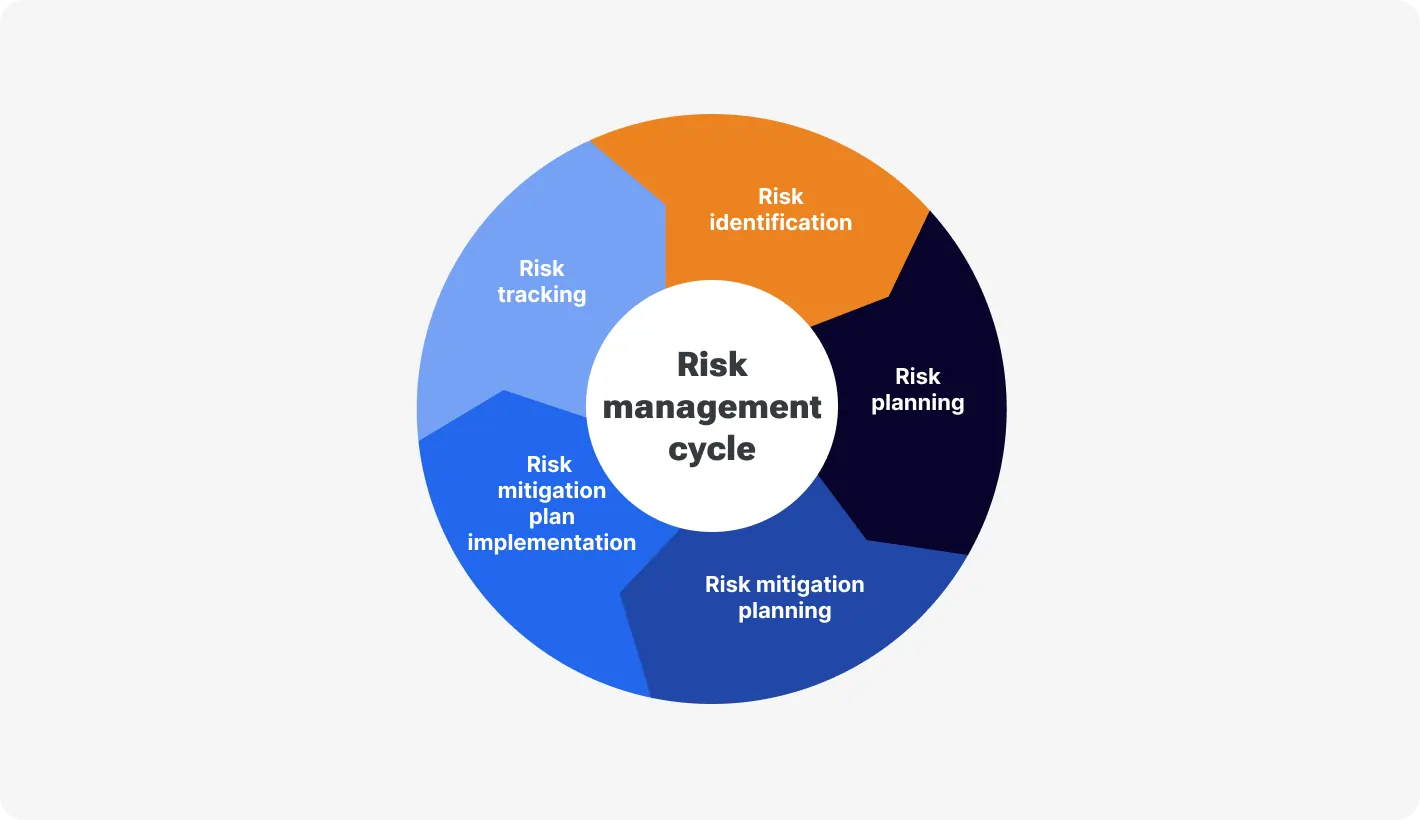
What does it mean in practice:
Conducting thorough risk assessments
Implementing security best practices
Developing contingency plans for addressing unforeseen challenges
Additionally, engage with experienced technology partners and vendors to leverage their expertise and mitigate risks associated with complex modernization efforts. Yeah, this may take a penny, but rest assured you’ll pay twice without robust double-checking.
Inherently, modernization initiatives have significant implications for existing workflows and users. C-suite must carefully consider the impact of such initiatives on day-to-day operations. The main challenge here is to ensure adequate support and training are provided to users to facilitate a smooth transition.
Additionally, the implementation team should engage with stakeholders early and often to gather feedback, address concerns, and ensure that modernization efforts align with user needs and preferences.
And here, proactivity matters. By managing change and communication, you can minimize disruptions and maximize user adoption of new systems and processes.
Highly regulated industries such as healthcare, finance, and government will understand us without any word. Such organizations must ensure that transformation efforts comply with relevant laws, regulations, and industry standards, such as HIPAA, GDPR, and PCI DSS.
Robust security controls, encryption mechanisms, and audit trails to protect sensitive data and ensure regulatory compliance are the main headaches for the first time.
So it’s better to engage with legal and compliance experts to assess regulatory requirements and incorporate them into modernization plans from the outset.
As a caution, recall the HSBC case. HSBC was found in violation of an anti-money laundering program alongside other industry regulations, which cost the bank a USD 1.256B fine.
This is a practical guide for CTOs and CEOs of small and medium-sized businesses to navigate the legacy application modernization process effectively.
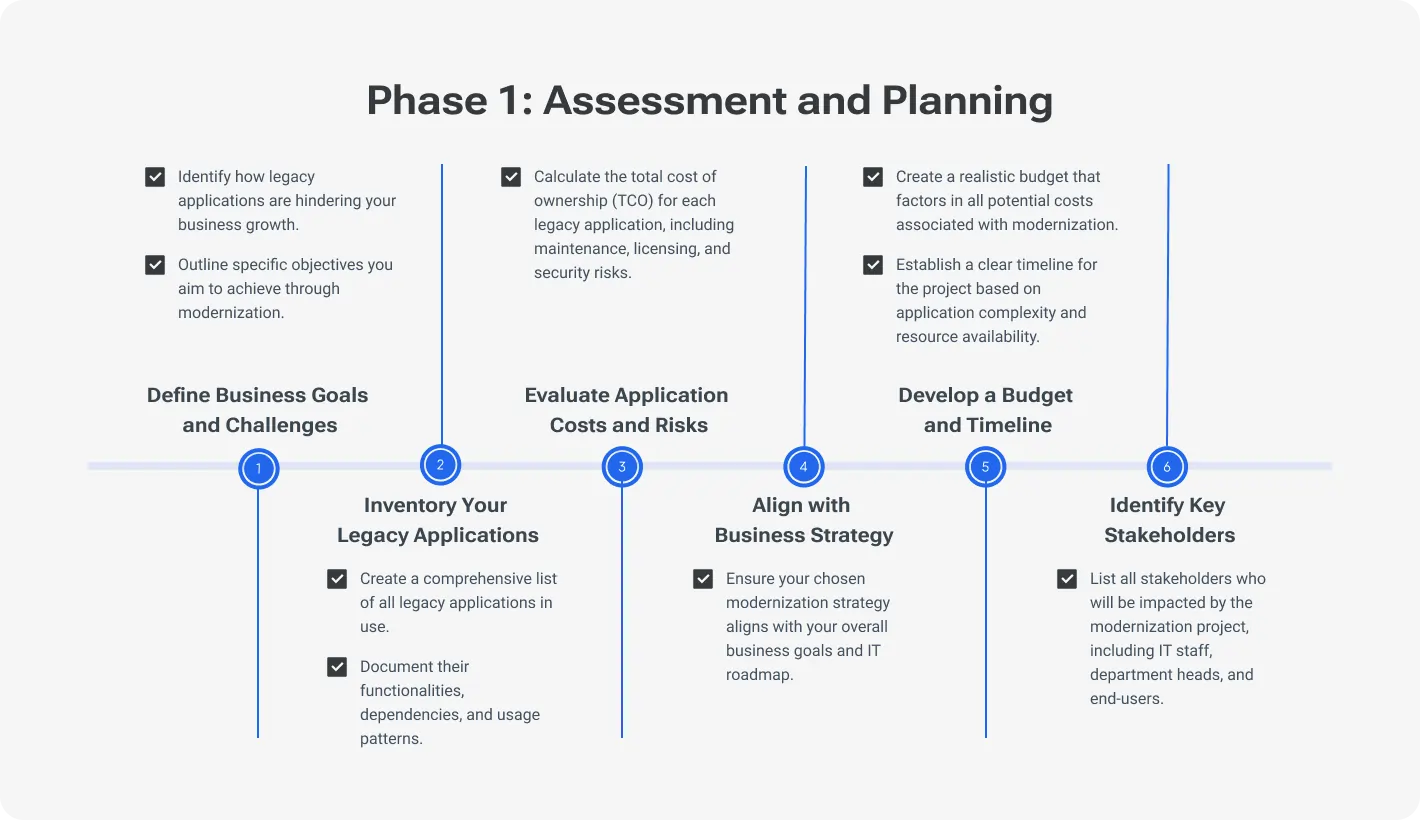
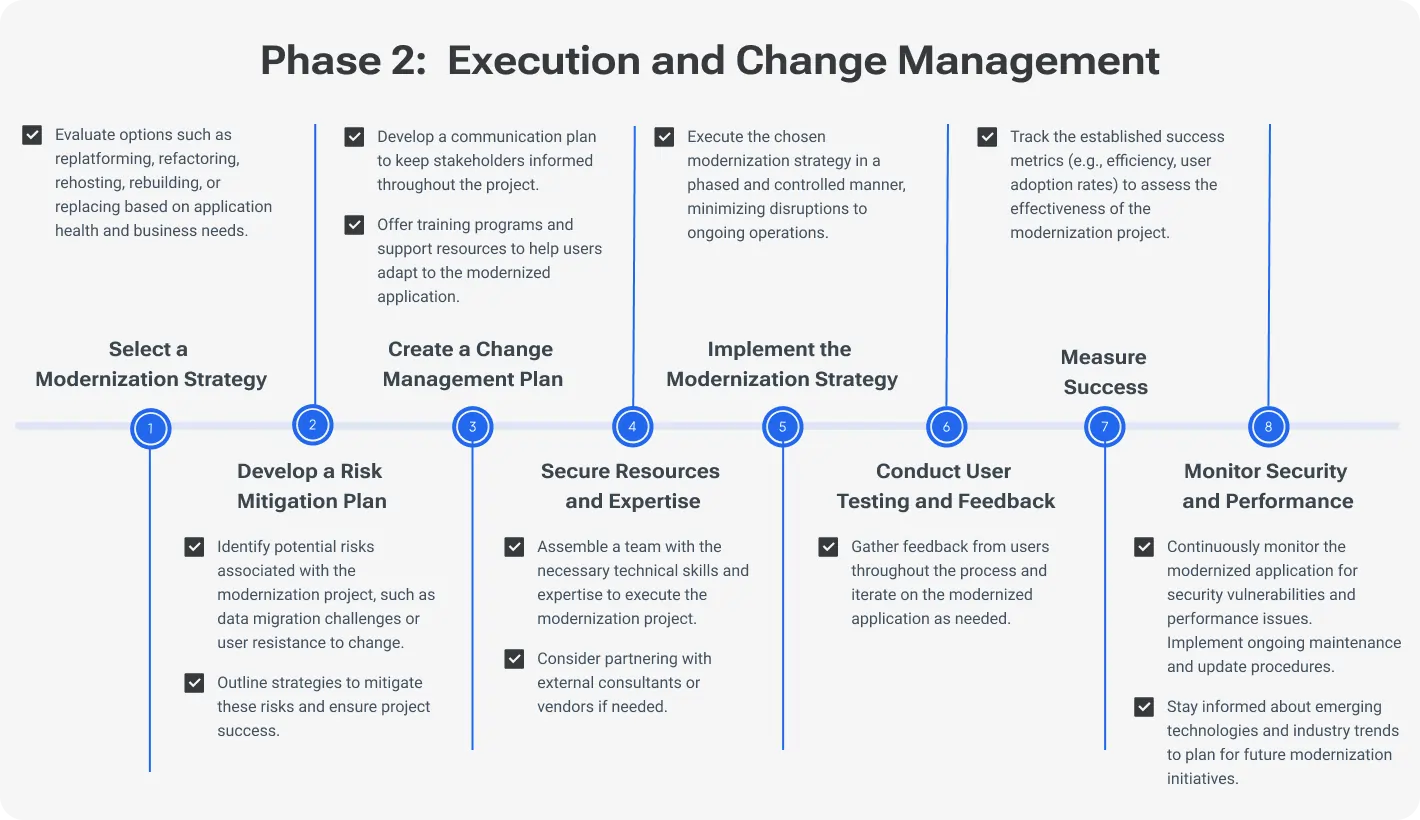
Application transformation strategy is hardly a technical exercise. For a project to be truly successful, it requires meticulous planning with an aim at business needs. Here are some best practices to consider for CTOs and CEOs of small and medium-sized businesses.
Foster close collaboration and communication between IT and business stakeholders to ensure alignment of modernization efforts with strategic objectives.
The 2024 Gitnux Market Data report revealed that companies with a strong trust and collaborative culture experience up to 80% up in performance.
Engaging business stakeholders in the modernization process from the outset is also crucial since their feedback and facilitation help ensure that solutions meet the company’s needs.
Prioritize modernization efforts based on the business value and impact of each application on organizational goals.
Conduct a thorough assessment of legacy applications to identify high-value candidates for modernization.
Consider factors such as revenue generation, customer impact, operational efficiency, and strategic alignment when prioritizing applications for modernization.
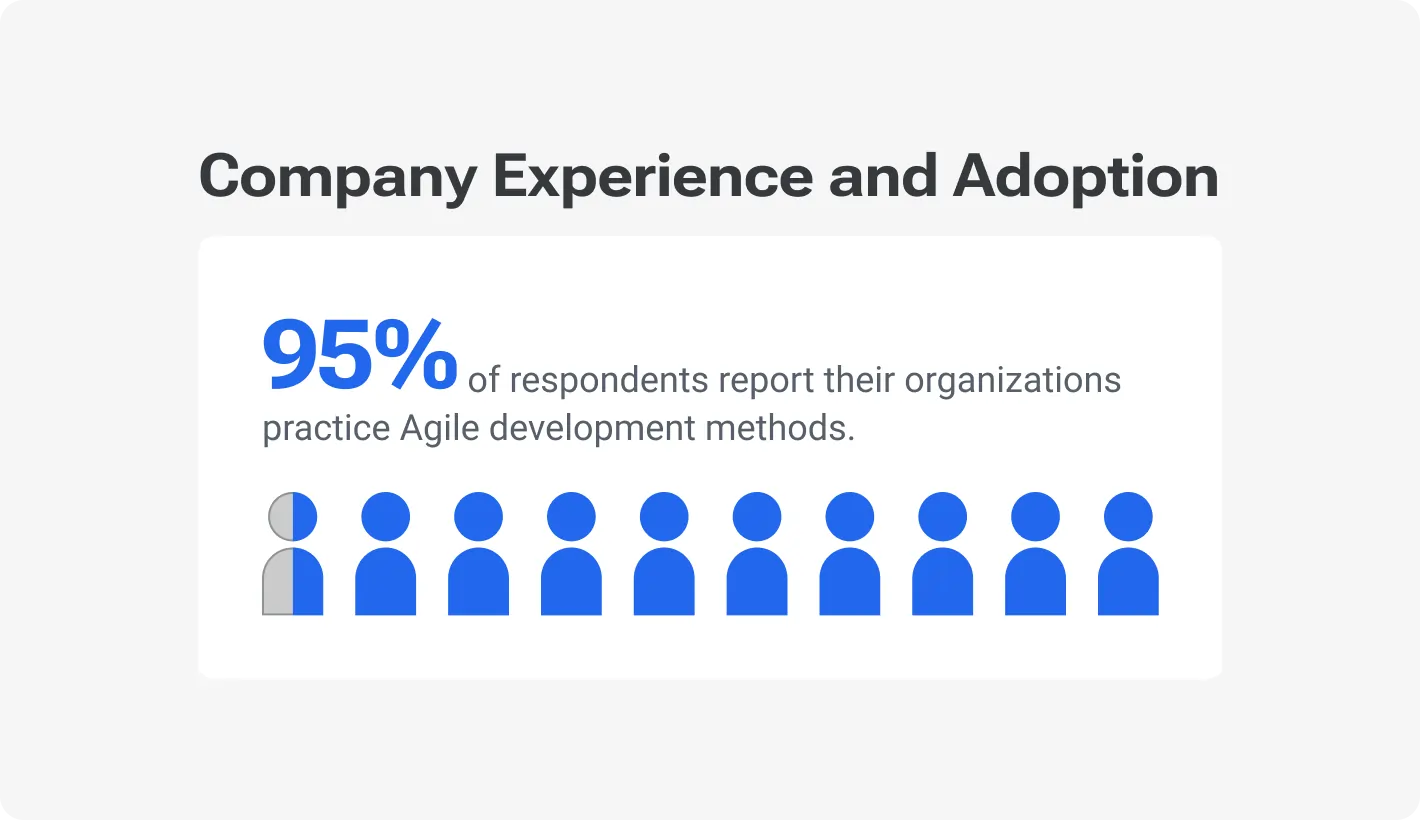
Embrace agile methodologies such as Scrum or SAFE to facilitate iterative development and rapid delivery of value. By the way, the first framework is used by 75% of US tech companies, but the second gains ground this year.
Eat this elephant bit by bit: break down modernization projects into smaller, manageable tasks or user stories, allowing for frequent feedback and adaptation.
The 14th Annual State of Agile Report states that companies using agile methodologies experience 60% faster time-to-market and a 15% to 41% cost decrease compared to non-agile ones.
Invest in comprehensive employee training and change management initiatives. And it’s not mandatory to invite external speakers. Let your specialists be true experts, let them shy through sharing their expertise on internal study initiatives.
Studies by Prosci reveal that projects with a strong change management plan have a 6x higher success rate than those without one.
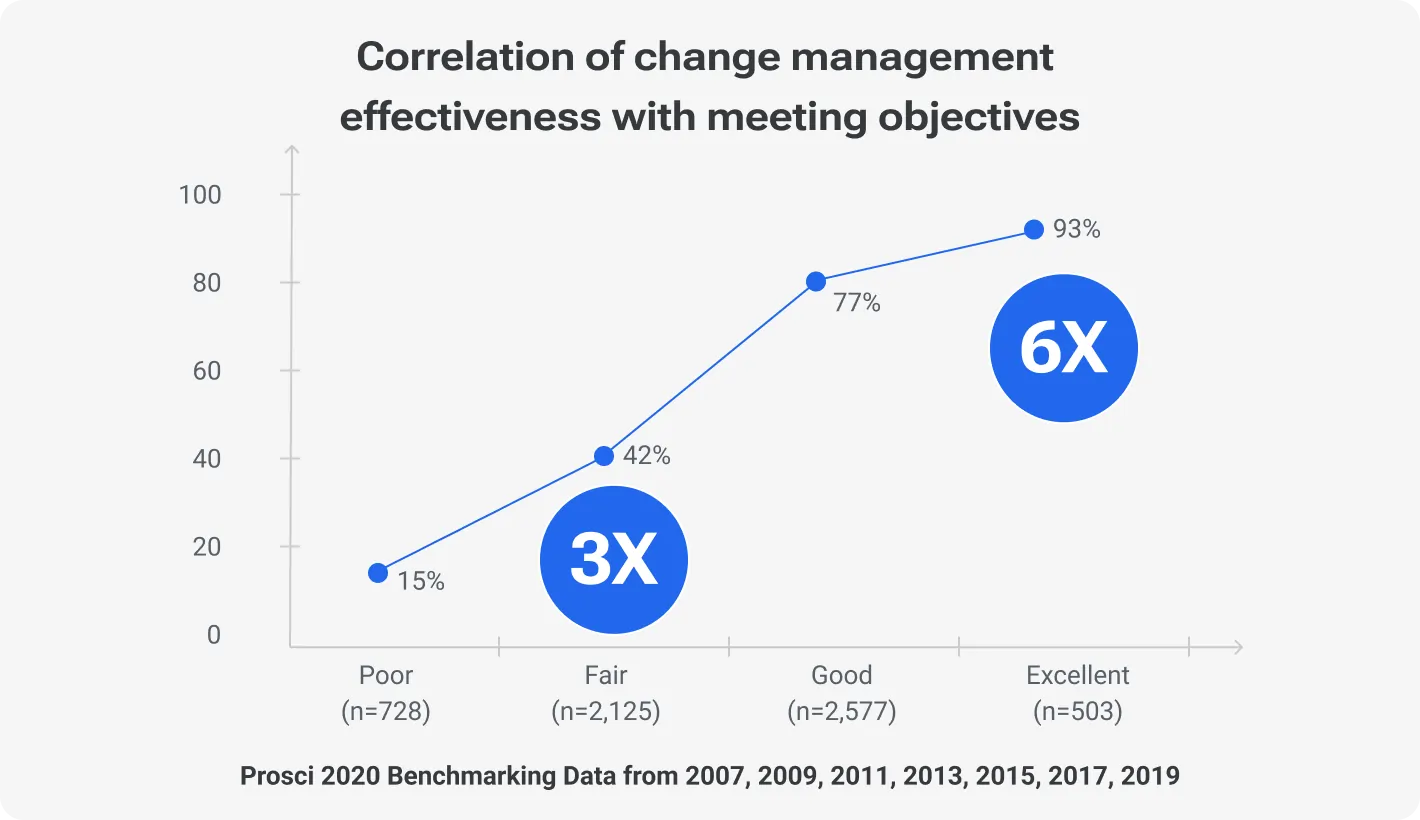
Provide training sessions, workshops, and resources to help employees adapt to new technologies, processes, and workflows.
Culture of continuous learning and improvement is key. To enable employees to stay abreast of technological advancements and industry best practices, you need to actively inculcate that culture.
Leverage automation tools and DevOps practices to streamline development, testing, deployment, and operations processes.
Automate repetitive tasks, such as code deployment, testing, and monitoring, to improve efficiency and reduce errors.
Implement DevOps principles, such as continuous integration, continuous delivery, and infrastructure as code, to accelerate development cycles and improve collaboration between development and operations teams.
Robust monitoring and analytics capabilities allow to track the performance and usage of modernized applications. Not-bad idea to leverage this.
Monitor key metrics and KPIs to identify areas for optimization and improvement. Your business depends on it.
Be proactive. Hire external consultants to obtain other POVs and expertise to address issues and bottlenecks.
Legacy applications are the same relatives who don't believe you'll make a great artist. They discourage you from being unconventional and innovative and force you to stick to the old and tried-and-true (even if that "old" is long outdated). App modernization strategy is a systematic path to many benefits.
Modernized applications can reflect a fast-changing business environment and seamlessly scale to meet growing demands. McKinsey & Company proved that in their 2023 article promoting their new book “Rewired”.
Companies embracing digital transformation initiatives experience 3x to 5x higher revenue growth compared to their less agile counterparts. And of course, we just can’t forget security issues. Legacy software leaves you vulnerable to cyberattacks. Thorough process modernization allows you to address these vulnerabilities and implement industry-standard security measures to protect sensitive data.
But there is a thing — embarking on a modernization journey requires careful planning and a strategic approach. Advanced found that 74% of companies fail to complete legacy system modernization projects. Another proof of the importance of a well-defined roadmap and a collaborative effort between IT and business stakeholders.
Outsourcing to Czechia

Dec 2nd 25 - by Devico Team
Find out how much it costs to hire software developers in Czechia in 2025. Compare hourly rates, roles, and factors that impact pricing.
Outsourcing to Czechia

Nov 25th 25 - by Devico Team
Compare Czechia and Poland for software outsourcing in 2025. Discover costs, talent, infrastructure, and which country fits your project best.
Outsourcing to Czechia

Nov 18th 25 - by Devico Team
A complete guide to outsourcing software projects to Czechia, learn about costs, talent, benefits, and how to build successful partnerships in 2025.